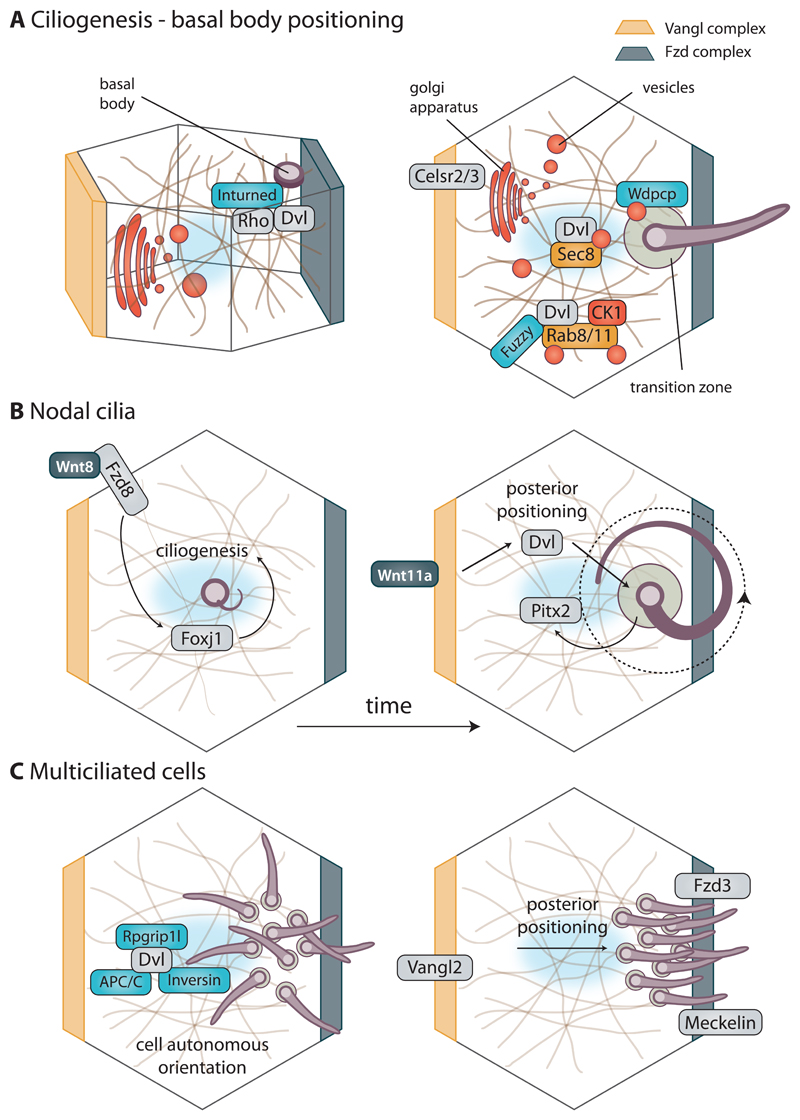Figure 6. Modes of action of Wnt pathway components on cilia.
(A) Removal of PCP pathway components perturbs ciliogenesis and in most the cases it happens through interference with basal body docking and vesicular transport that is necessary during cilliary assembly. Side view of the cell (left) shows how PCP effector Inturned interacts with DVL in Rho-mediated actin assembly in apical positioning of basal body. At the same time in the top-down view (right), Celsr2/3, CK1, DVL and PCP effector Fuzzy influence vesicular transport towards basal body via interactions with Rab GTPases. PCP effector protein Wdpcp, located at the transition zone, influences ciliogenesis by contributing to cargo sorting and restricting diffusion into ciliary compartment.
(B) Formation of nodal cilia is initiated by Wnt8 ligand binding to Fzd8 receptor, which in turn leads to upregulation of Foxj1, a transcriptional regulator of ciliogenesis. Over time, cilia are positioned towards posterior of the cell by action of cascade involving Wnt11a, DVL, and Pitx2. Only correctly formed and positioned nodal cilia can create leftward fluid flow that determines left-right assymetry.
(C) Multiciliated cells in epithelia display cell-autonomous type of polarity that makes sure that all cilia are oriented in the same fashion. This event is influenced by stability of DVL, controlled by its interactors: Inversin, APC/C and Rpgrip1l. On the other hand, tissue-wide posterior positioning is largely controlled by PCP pathway dependently on Vangl2 and Fzd3 with help of ciliary proteins, such as Meckelin.

